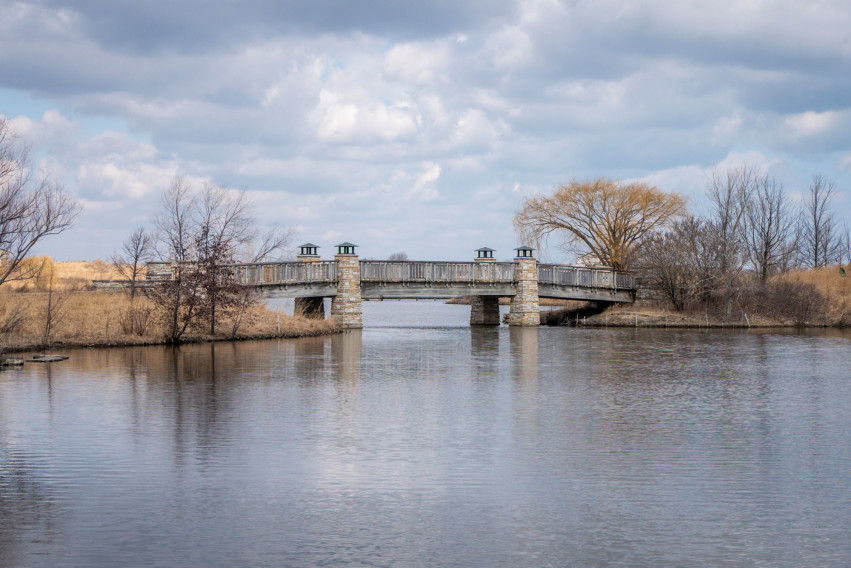47,659
population
Glenview is 16 miles northwest of Chicago's downtown loop.
population
Average Sale Price
Median Household Income
Surrounded by 1,131 acres of forest preserve, Glenview boasts 480 acres of parks and is composed of smaller subdivisions called Swainwood, Sunset Ridge, Bonnie Glen, Sleepy Hollow, and the Willows.

The Potawatomi Indians settled in the area and it was known as Northfield Township. The Indians gave up their land in 1833 when they signed the Treaty of Chicago. A flood of early settlers came into the area. The village was originally called South Northfield. The Chicago & Milwaukee Railroad was constructed in 1872 and ran right through the middle of the village. Suddenly South Northfield became easily accessible to Chicago, creating opportunities for manufacturing and the delivery of farm products to the city of Chicago, such as milk, cheese, and produce. A second track was added in 1892 to carry passengers to the 1893 World's Columbian Exposition. In 1895 the village's residents, an estimated population of 351, adopted the name Glen View and incorporated in 1899. Glenview, as it is known today, is the name under which it has continued to grow and prosper.
In 1971 the land mass of Glenview was greatly enlarged (15%) when the Naval Air Station Glenview was annexed. The airbase, Curtiss-Reynolds Airfield, was constructed in 1929 by the Curtiss Flying Club, and the main building was Hangar One. Designed in the International Style by Chicago architect Andrew N. Rebori, it was planned to be the center of a string of airports and flight academies for the company that would stretch across the country. However, the timing was not great because the building was dedicated in October of 1929, nine days before the Great Stock Market crash and the following economic depression that followed diminished the plan. In 1940 the Navy bought the field for $530,000. The field would become the training grounds for the Navy’s expanded flight training program. A massive construction project ensues ($12,500,000) and would add barracks, more hangars, administration buildings, and expansive concrete runways. An additional 569.55 acres were purchased adjacent to the field, west of Shermer Road and south of old Lake Avenue. In 1945 the Schram Memorial Chapel, originally the U.S. Navy Memorial Chapel would be completed.
In 1946 The station’s war-time status closes and the base becomes the home for the Combat Information Center Officers School and the Naval Air Reserve Training Command.
In 1995 the U.S. Navy hosts a closure ceremony marking the 58 years of national defense support.
The Village coordinated a public process to create a reuse plan that was completed in 1995 and updated into a Master Plan in 1998. The Village accepted the designation of Local Redevelopment Authority and assumed the role of Master Developer to protect the role of its citizens as guidance at the local level. The new development would be called The Glen. The developers turned the site into a mixed residential and retail area. The base's golf course became part of Glenview Park District.